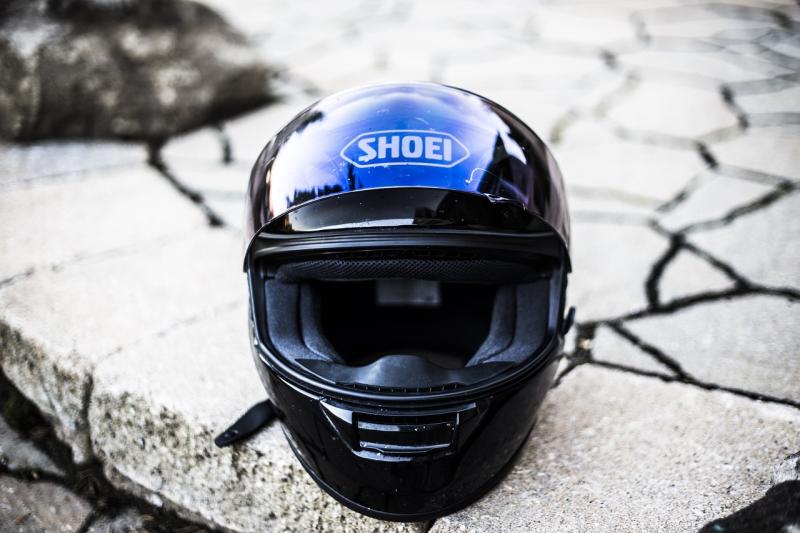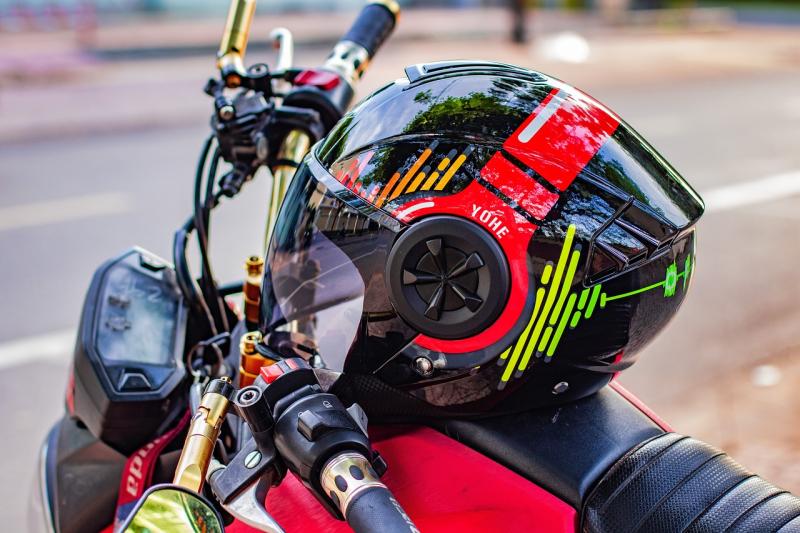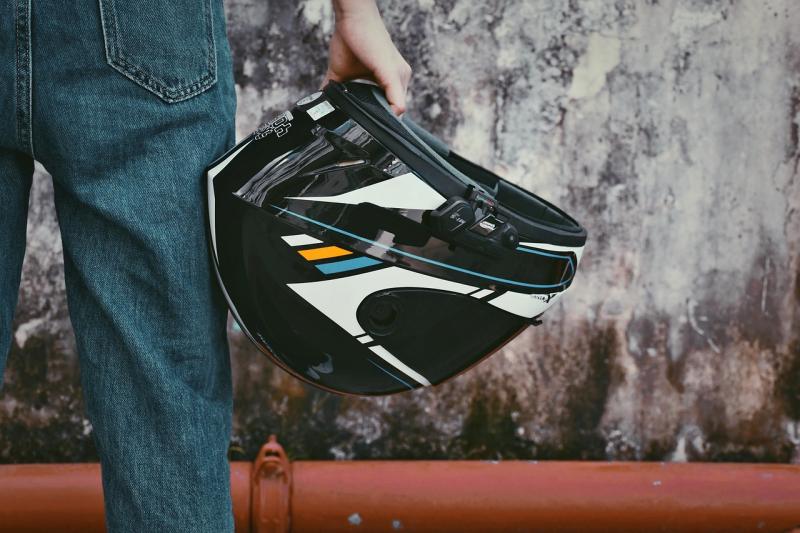When it comes to riding motorcycles, safety should always be a top priority. A crucial piece of protective gear for any rider is a helmet. However, with so many different types of motorcycle helmets available, it can be overwhelming to choose the right one. This comprehensive guide will help you understand the various types of motorcycle helmets, ensuring you make an informed decision.
Full-Face Helmet
The full-face helmet is the most common and widely used helmet type among motorcycle riders. Offering complete head and face protection, this helmet covers the entire head, including the chin. It boasts a sturdy outer shell, impact-absorbing interior padding, and a face shield that can be flipped up or down, protecting the rider from wind, debris, and insects. Full-face helmets provide the highest level of safety, minimizing the risks associated with accidents.
Open-Face Helmet
Open-face helmets, also known as three-quarter helmets, cover the top, sides, and back of the head, leaving the face exposed. This design allows for better visibility and an increased sense of freedom. Though lacking the chin protection provided by full-face helmets, open-face helmets are a popular choice among cruiser and scooter riders due to their comfortable and practical nature.
Half Helmet
The half helmet is the lightest and least restraining helmet type. It only covers the top half of the head, leaving the face and chin completely exposed. Typically preferred by riders seeking an open-air experience or minimalistic style, half helmets offer limited protection and are mainly used for low-speed rides. They are popular among chopper riders and those who value comfort and convenience over maximum safety.
Modular Helmet
Modular helmets, also called flip-up helmets, combine features of both full-face and open-face helmets. They consist of a hinged face shield that can be lifted to convert the helmet into an open-face style. This versatility makes modular helmets suitable for riders who want the option to easily communicate, eat, or drink without completely removing their helmet. While offering good protection, it is worth noting that modular helmets tend to be slightly heavier and noisier than full-face helmets.
It is crucial to invest in a helmet that fits well and meets safety standards, regardless of the type you choose. Understanding the differences between helmet types will help you make an informed decision based on your riding preferences and needs. Remember, the helmet you choose can greatly impact your safety on the road, so choose wisely.
Safety First: How to Choose the Right Helmet for You
When it comes to riding a motorcycle, safety should always be a top priority. One of the most crucial pieces of safety gear you can invest in is a quality helmet. However, with the wide range of motorcycle helmets available today, choosing the right one for your needs can be a daunting task. Here are some essential factors to consider when selecting the perfect helmet for you:
Remember, selecting the right helmet that offers both comfort and excellent protection is crucial when it comes to enjoying a safe and enjoyable ride. Take your time to research and try on different helmets before making a final decision.
Going Beyond Looks: Exploring Stylish Features and Designs
When it comes to motorcycle helmets, looks are important, but style and design go beyond mere aesthetics. A well-designed helmet not only enhances your overall appearance but also provides crucial functional benefits, ensuring your safety and comfort on the road. In this section, we will delve into the various stylish features and designs you should consider when choosing a motorcycle helmet.
One popular feature found in many modern helmets is the inclusion of a sun visor. This built-in tinted shield can be easily lowered or raised to protect your eyes from glares and harmful UV rays. It eliminates the need for separate sunglasses and offers convenience, especially during long rides when visibility can change frequently. The sun visor also enhances the helmet's overall sleekness, allowing for a more streamlined look without sacrificing protection.
Another stylish and functional design element is the ventilation system. Proper airflow is crucial to prevent overheating and ensure breathability during hot weather or intense rides. Look for helmets that feature strategically placed vents, allowing air to flow through and help keep your head cool. Some helmets even offer adjustable vents, giving you the flexibility to customize the airflow based on your comfort level and external conditions.
Additionally, the shape and style of the outer shell can significantly impact both the functionality and appearance of a motorcycle helmet. Aerodynamic designs, such as those found in full-face helmets, minimize wind resistance and noise, making long trips more enjoyable. Moreover, helmets with vibrant graphics or unique paint jobs can add a touch of personalization and express your individuality on the road while still prioritizing safety.
Unleashing Innovation: Advanced Technologies in Motorcycle Helmets
As technology continues to advance, so too do the safety features and capabilities of motorcycle helmets. From traditional full-face helmets to modular and open-face helmets, manufacturers are constantly pushing the boundaries to provide riders with enhanced protection and an immersive riding experience. In this section, we will explore the latest advancements in motorcycle helmet technology.
One of the most exciting innovations in recent years is the incorporation of heads-up display (HUD) technology directly into the helmet visor. This feature allows riders to view important information, such as speed, navigation, and incoming calls, without taking their eyes off the road. By displaying information directly in the rider's line of sight, HUD helmets provide a safer, more convenient riding experience.
In addition to HUD technology, many helmet manufacturers are now integrating built-in Bluetooth communication systems. These systems allow riders to easily connect their helmets to their smartphones or other Bluetooth-enabled devices, enabling hands-free communication while on the road. Not only does this eliminate the need for cumbersome and potentially dangerous earpieces, but it also allows riders to effortlessly listen to music, take calls, or chat with fellow riders without losing focus.
Another noteworthy advancement is the incorporation of advanced impact protection materials, such as carbon fiber and Kevlar, into helmet construction. These materials offer superior strength and impact resistance, reducing the risk of head injuries in the event of a crash. Additionally, some helmets now feature multi-density foam liners that provide different levels of impact absorption, further enhancing protection and comfort for riders.



